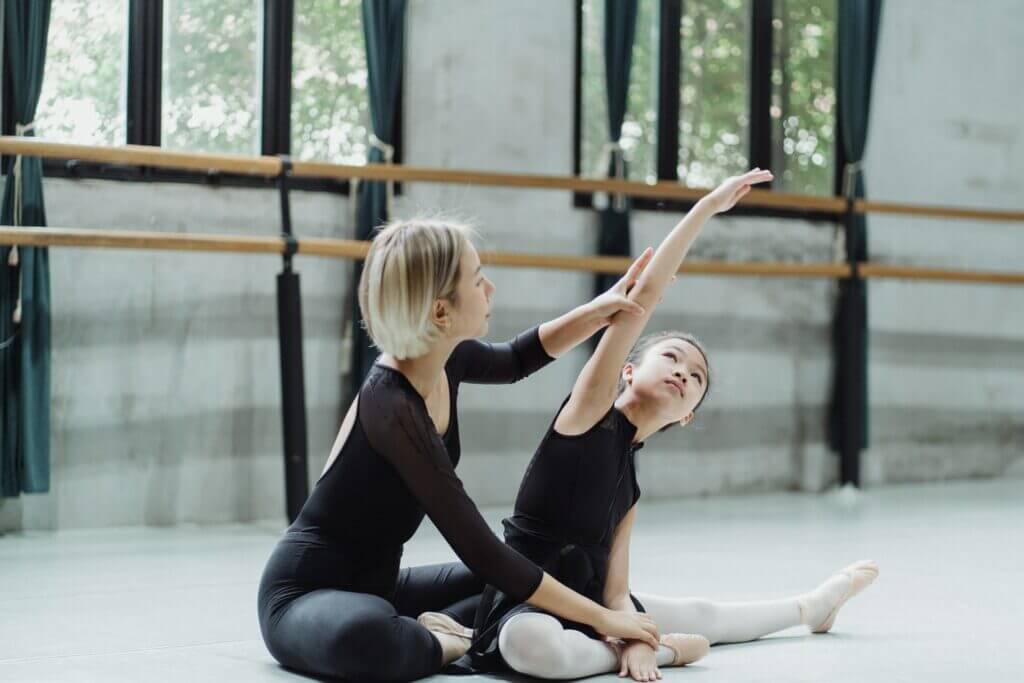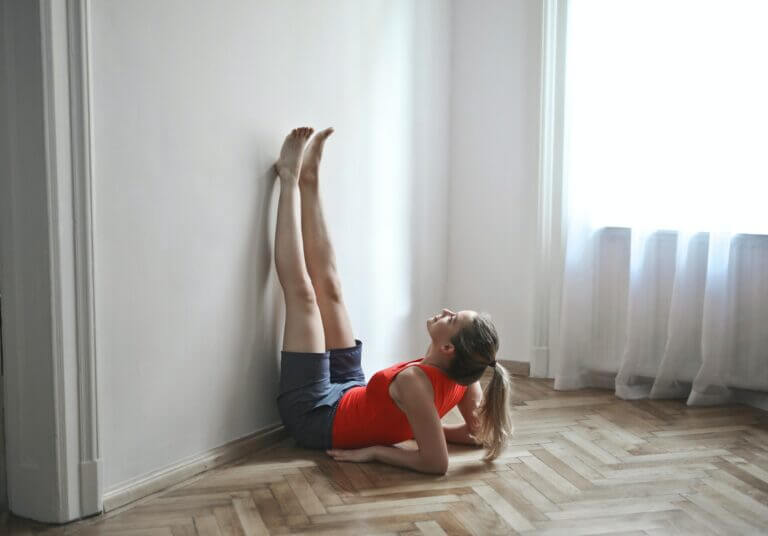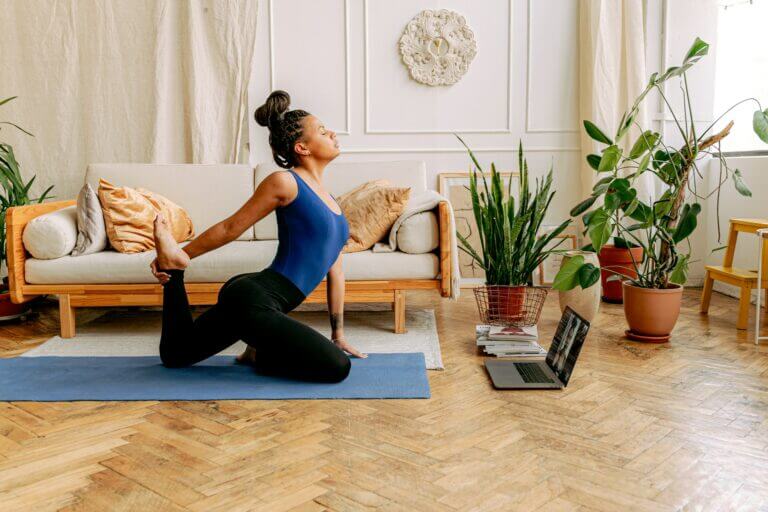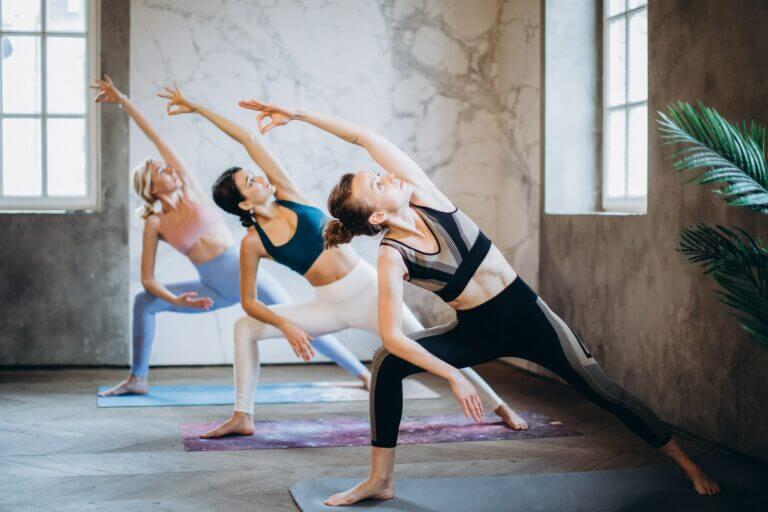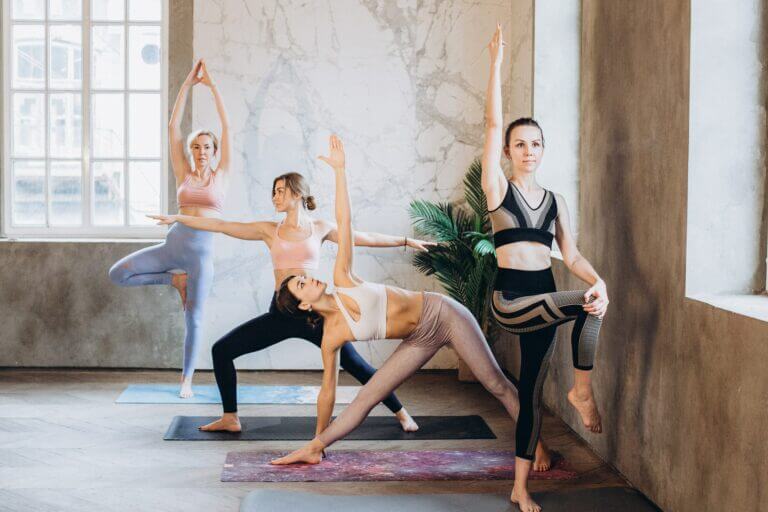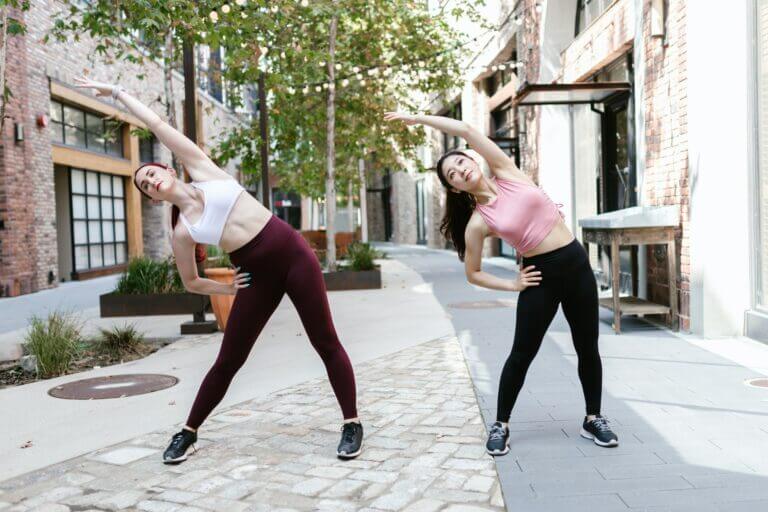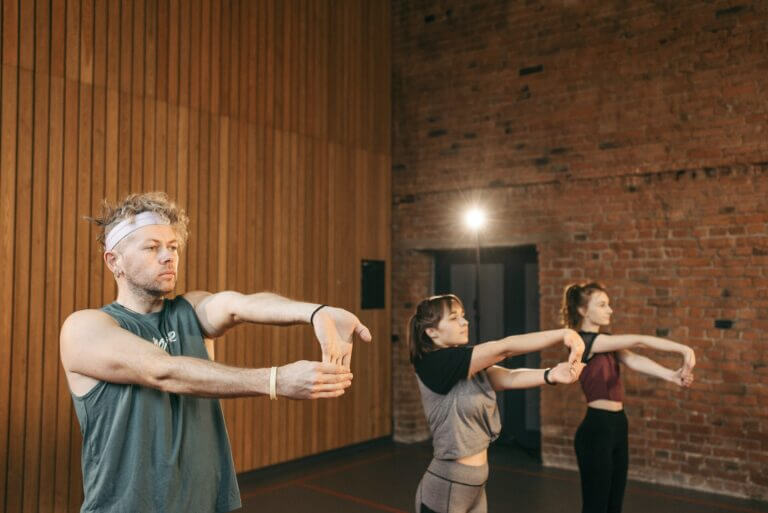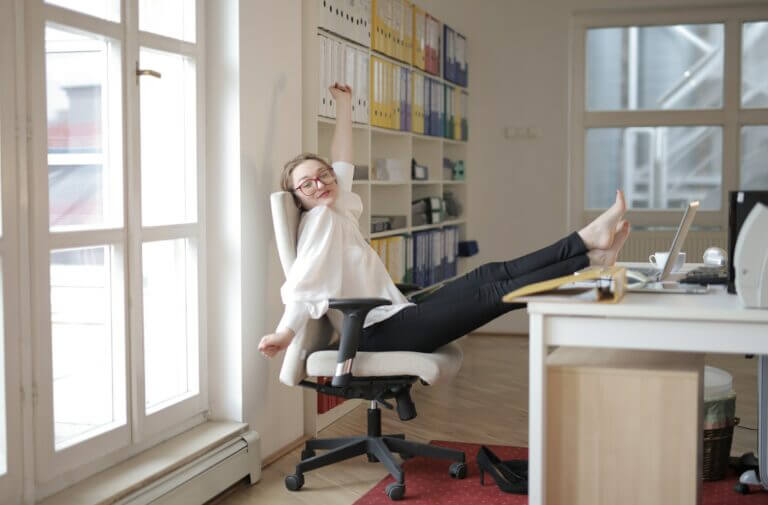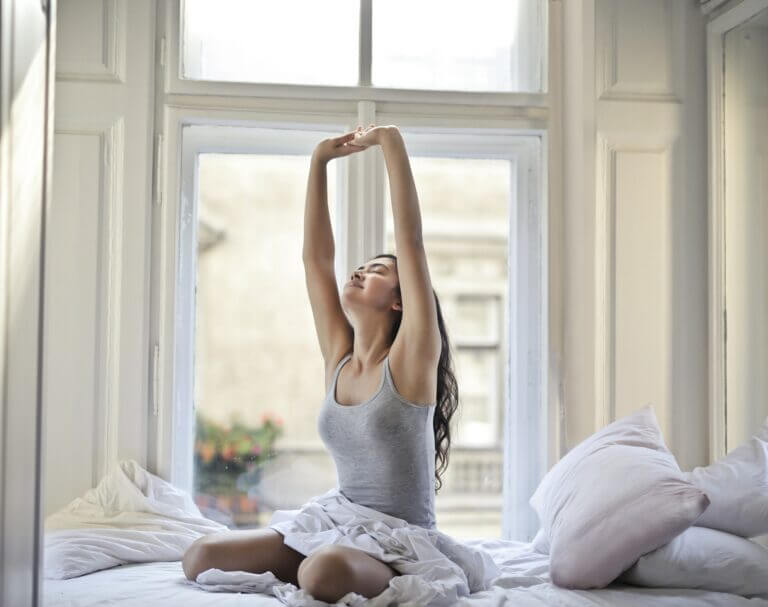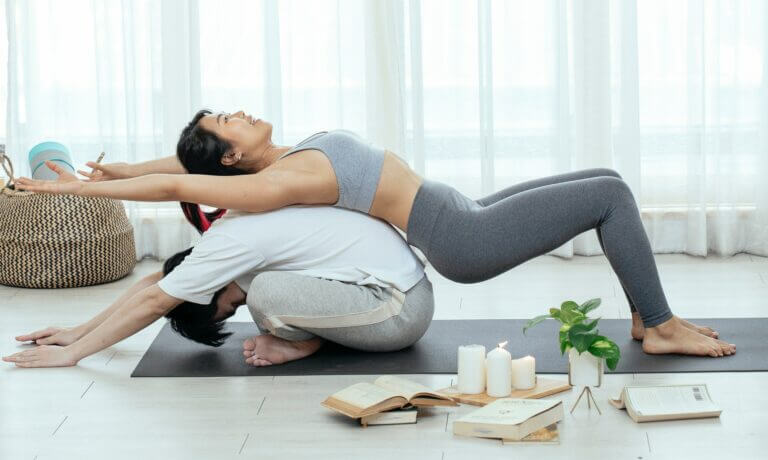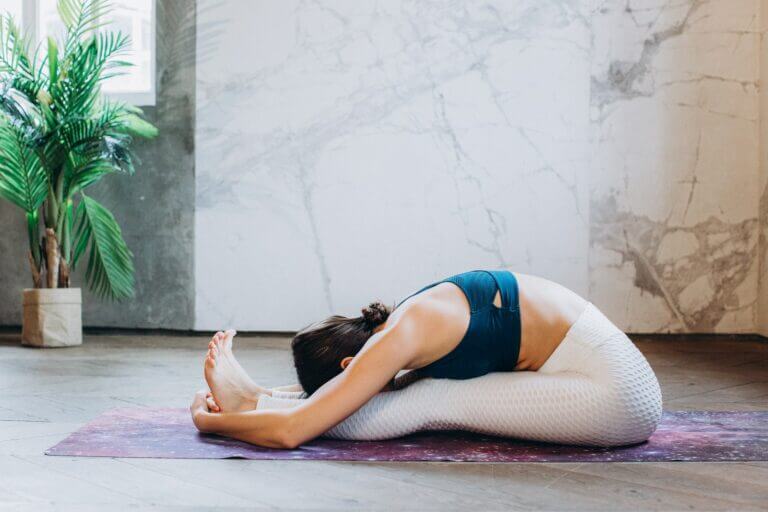One, two, three, four—
Five, six, seven, there!
Up and twirl—six and seven—
Two, two, three, four—
…
You’ve seen how beautiful dancers are, movements as graceful as a swan, twirling around the dance studio.
They’re majestic, light and poised as they ebb and flow with the music in dance class.
Suddenly, they drop down into a split!
Just how pliable are their bodies?!
Well, wonder no more, because you are about to find out the seven wonders that give these dancers the ability to flutter across the room like a butterfly.
If you ask what dancers do on a daily basis, they’ll tell you it’s… drum roll please… stretching!
Yes. It’s nothing new to know that stretching your muscles can increase your flexibility and mobility.
The key is to be consistent about it. By making it part of your routine, you’ll be able to increase your flexibility, one day at a time.
Listed here are seven common stretches that are definitely a part of any dancer’s stretching program—be it contemporary dancers, classical ballet dancers, or culture-rich folk dancers.
These stretches target the muscles in your legs and your hips, as most dance requires a decent amount of flexibility in these areas. Of course, you must not neglect stretching your shoulders, upper and lower back either.
7 Dance Stretches To Improve Flexibility
Listed below are seven best stretches for dancers that promise to increase flexibility if you do them often enough. For example, if you do these types of stretches more than three times a week. But you have to be careful not to overstretch, as that can strain your muscles instead. Without further ado, let’s get started and look at these dancers stretch routines that increase flexibility and mobility.
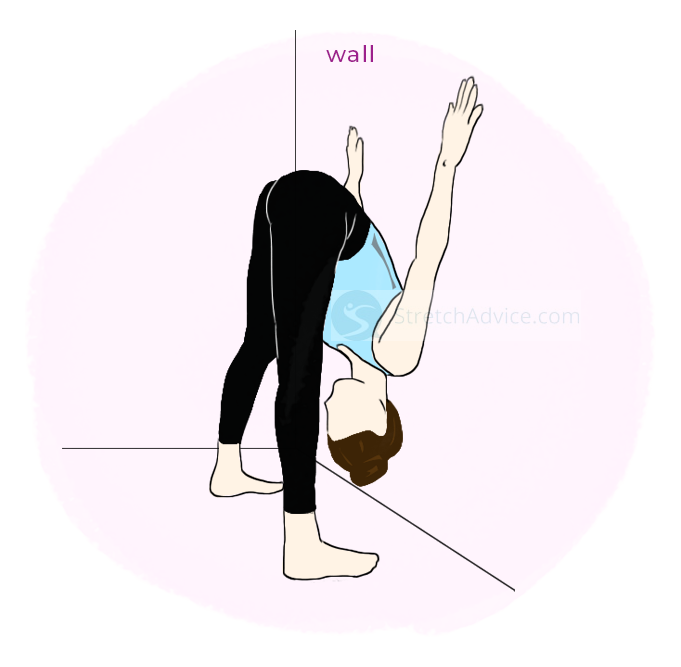
1) Wide Legged Forward Fold
You’ll feel this stretch in the back of your hamstrings.
- Stand in front of the wall, making sure your back is straight.
- Bend forward at your waist. Be careful not to knock your head on the wall. You can feel the tension in the back slip away.
- Keep your arms by your sides. Your hands should face upward now since you’ve bent yourself. You should also be looking at your inner thigh.
- Press your palms against the wall for support, then slowly walk closer to the wall. Make sure to keep your heels on the floor.
- Once you feel a bit of tension, keep your limbs straight and hold the position for 20 to 30 seconds.
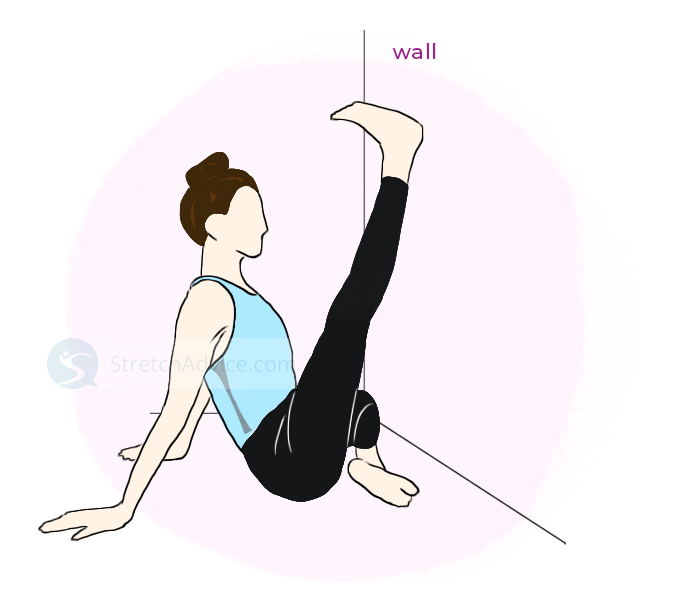
2) Single Leg Stretch
This wall stretch will help you better loosen the muscles of your hamstrings and your quads.
- Sit facing the wall in a cross-legged position.
- Place your hands on the floor behind yourself for support as you bring your right leg up, leaning it against the wall.
- Keep the ankle of your right foot locked at a 90-degree angle—flexing it.
- Push your torso forward with your hands and keep your right leg nice and straight.
- Push your spine forward and make sure your butt is flat against the floor so your pelvis is squared. If the stretch is not deep enough, you can try using a resistance band. Loop it around your feet and pull on it.
- Hold the stretch for 30 seconds before switching over to the other leg.
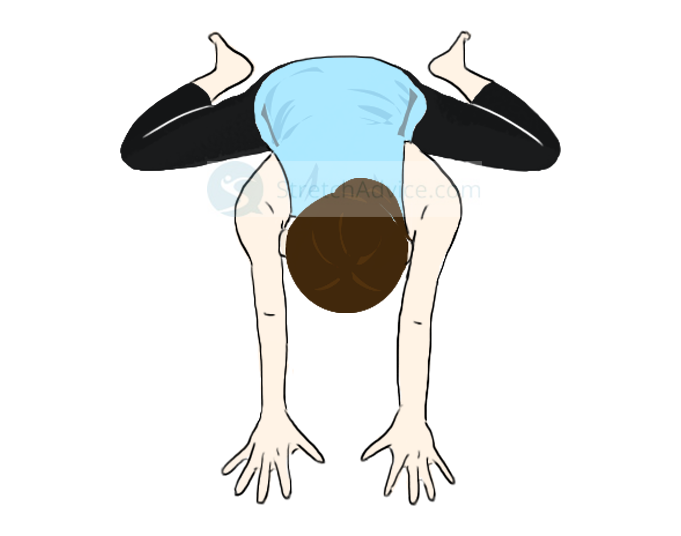
3) Frog Stretch
This yoga flow stretch opens up your hips and lower back, so you can easily twirl around on the stage. Stretching these muscles help increase your flexibility. You’ll want to sit on the floor with your knees apart.
- Sit down in a kneeling position and bend the knees, then slide your knees wider apart. You want them to be spread wider than your shoulders. Tmagine you are pulling your hips back toward your heels.
- Extend your arms above your head, placing your palms flat against each other. Keep your knees bent and feet angled. The bottoms of your feet should face the ceiling.
- Bend at your waist, lowering your upper torso down to the floor. For a deeper stretch, squeeze your shoulder blades together to stretch your upper body together with your hips.
- Remain in this position for 20 to 30 seconds.
- Rest for 10 seconds before repeating it 2 more times.
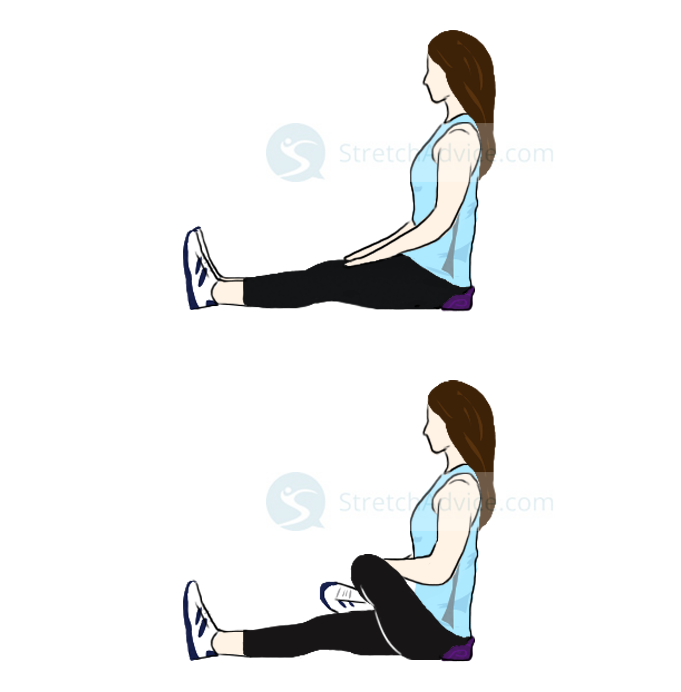
4) Piriformis Stretch (Seated)
This targeted stretch is aimed directly at the muscles located near your butt. The piriformis is connected to your inner hips, and most stretches don’t loosen it properly. This piriformis muscle is located just under the outer layers of butt muscle. It is one of the fundamentals of ballet stretches too.
- You need a small towel to aid you with this stretch. Roll it up into a flat Swiss roll.
- Sit down on the floor with both legs outstretched. Make sure to sit on the bones of your butt.
- Take the Swiss roll towel and place it behind your butt to act as support.
- Arch your back and stick your butt out just a little. Press your knees together as you keep them straight. Shift your hips back toward the towel.
- Sitting straight like that with both legs extended in front of you, take one leg and bend at the knee so you can place your ankle on the opposite knee. You will feel the stretch in your lower body.
- Remain in this position with one leg in front of your for 15 to 20 seconds, then rest for 10 seconds.
- Repeat on the other side.
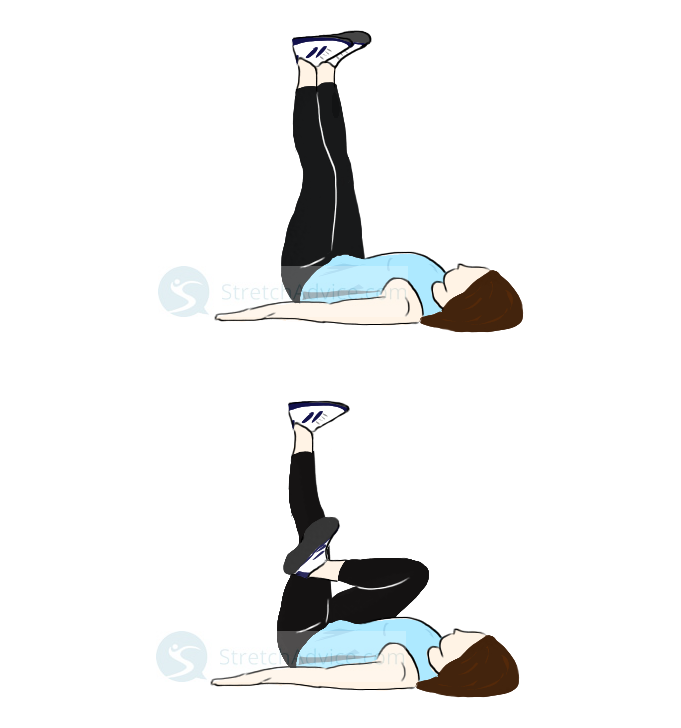
5) Alternate Piriformis Stretch (On Your Back)
If you don’t want to do the piriformis stretch while seated, you can also stretch your piriformis while lying on your back.
- Lay on your back with your butt near a wall, keep your arms by your sides, palms flat on the floor. Alternatively, you can also choose to put your hands behind your head for your comfort.
- Extend your legs straight upward and rest your heels on the wall.
- Bring one knee toward your chest until you feel some tension, and place your ankle on the opposite knee. You will feel the stretch in your piriformis muscle.
- Remain in this position for 15 to 20 seconds, then rest for 10 seconds.
- Repeat on the opposite side.
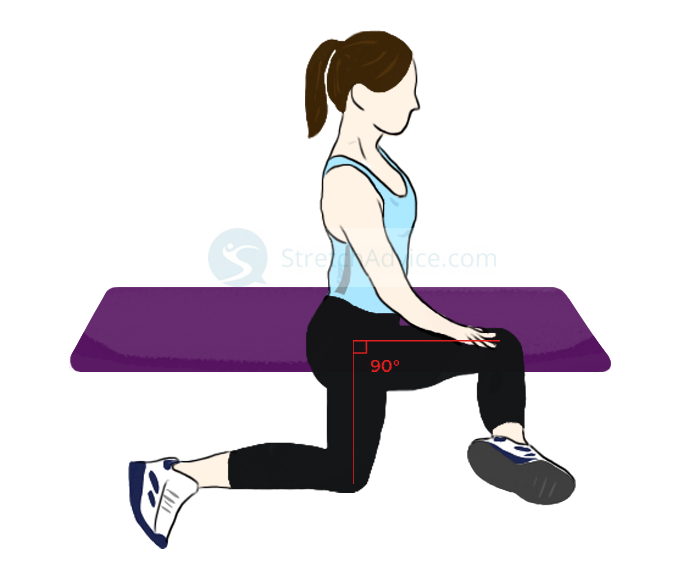
6) The 90/90 Leg And Hips Stretch
True to its name, this dance stretch involves placing both legs in a 90-degree angle. Doing so will open up your hip joints for better hip mobility because it combines both internal and external hip rotation for a more effective stretch. Stretching these hip flexor muscles are usually hard because of how deep inside they are.
- Sit on the floor with your back straight, and bend your right knee at a 90-degree angle so your right leg is by your side.
- At the same time, bend your left knee at a 90-degree angle so your left leg is in front of you.
- Both of your ankles should be in a neutral position. Make sure your knees are bent at the right angles, and keep your front leg and back leg on the floor.
- Make sure to keep a flat back as you sit in this position. Don’t lean over to the left—you want your hips to be squared.
- Hold this position for 20 to 50 seconds, taking deep breaths as you relax. You should feel a stretch in your hips.
- Then rest for 10 seconds before switching sides.
- Repeat this set 2 to 3 times.
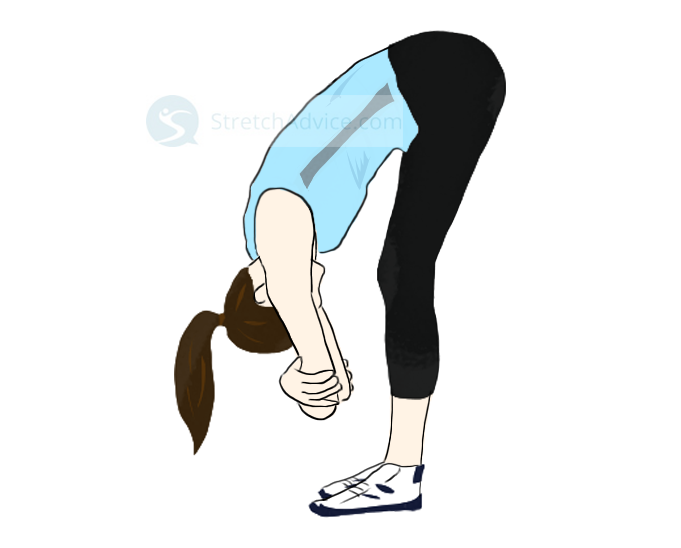
7) Ragdoll Pose
This is a forward bend yoga pose that helps to loosen the taut muscles in your shoulders. This stretch is a great way for your to relax your taut muscles and increase your range of motion.
- Stand up tall with a straight back and keep your feet hip-width apart. Keep your feet flat on the floor.
- Raise your arms up above your head, keeping your back straight. Bend your knees just a little.
- Then place your left hand over your right elbow, and hold it in place.
- Bend at your waist, trying to touch your toes with your fingers. Keep your belly pressed against your thighs and knees for better support.
- Let your head hang down as you bend your arms and hold onto your elbows with your hands. Look straight behind you. You should feel a bit of a stretch in your calf too.
- Hold this position for 30 seconds and repeat after a 10 seconds break.
It’s Showtime
Making these stretches part of your daily routine will reap you great results, like improved posture, reduced back pain, and increased range of motion.
However, especially for dancers, it is very important to be careful not to overstretch yourself!
Do these stretches after a little warm up session and before your dance practice. Stop if anything hurts, and dress in comfortable clothing that doesn’t restrict your blood flow. You can also easily change it up by adding dynamic stretches into the picture. It is especially important for dancers to do proper stretching and make it part of dance. For example, you could try kneeling in a deep lunge with your back flat. Bring your left foot in front of your hip and lunge with your back leg. Face the wall and lean forward as you stretch your feet. You will also want to move the sides of your body too.
Once your body is ready for activity, it’s time to cue the music!
Dance your worries away—to your heart’s content!

